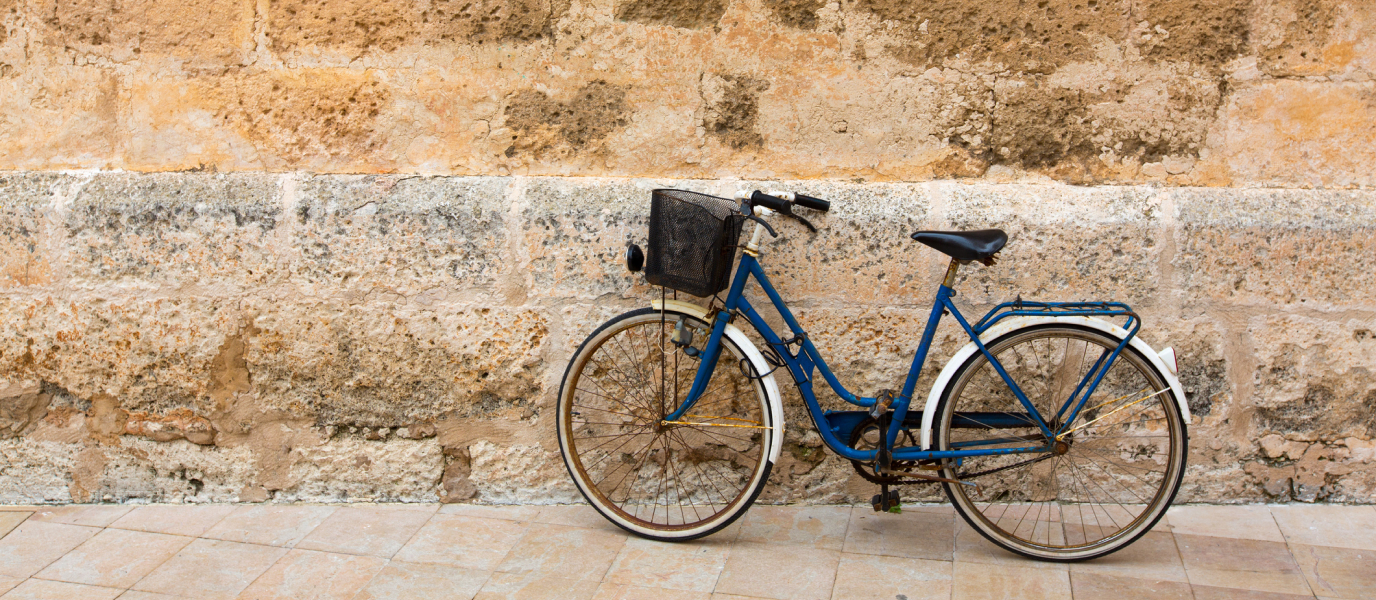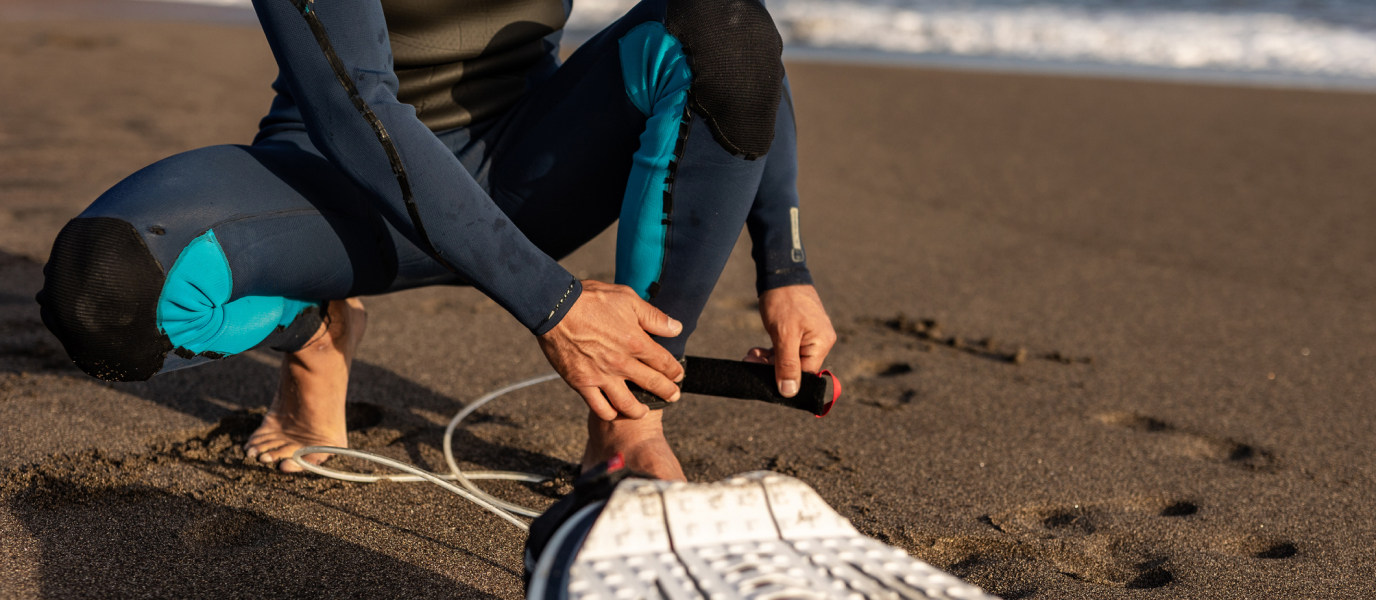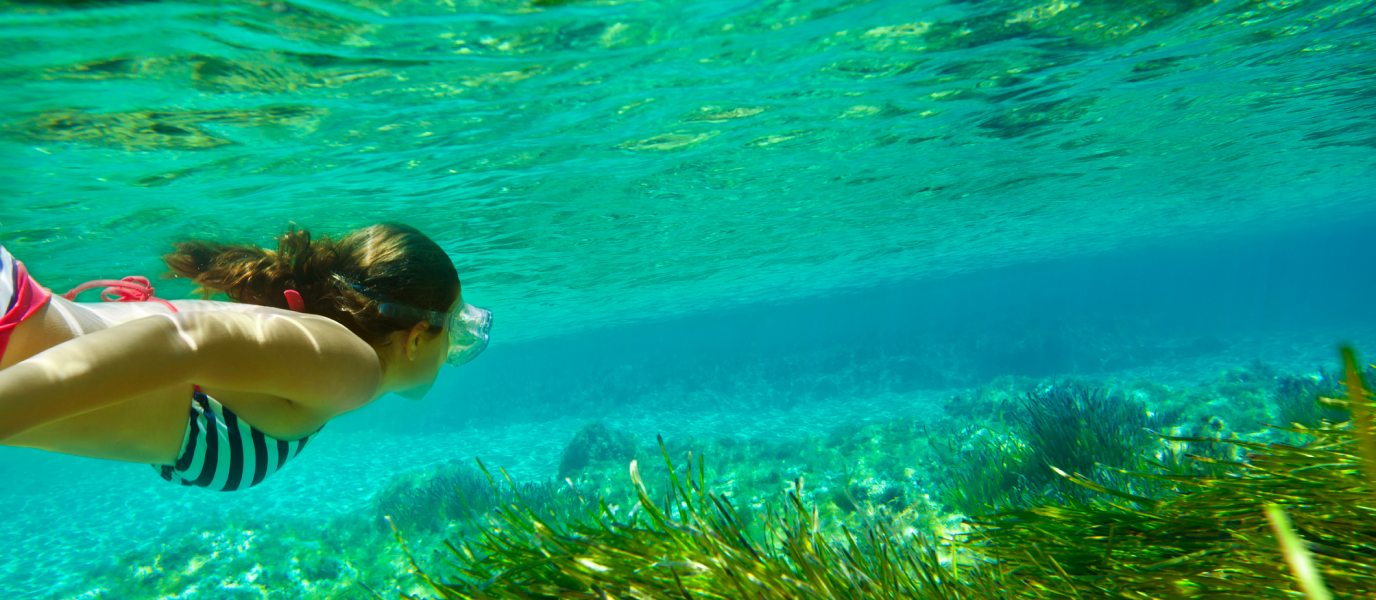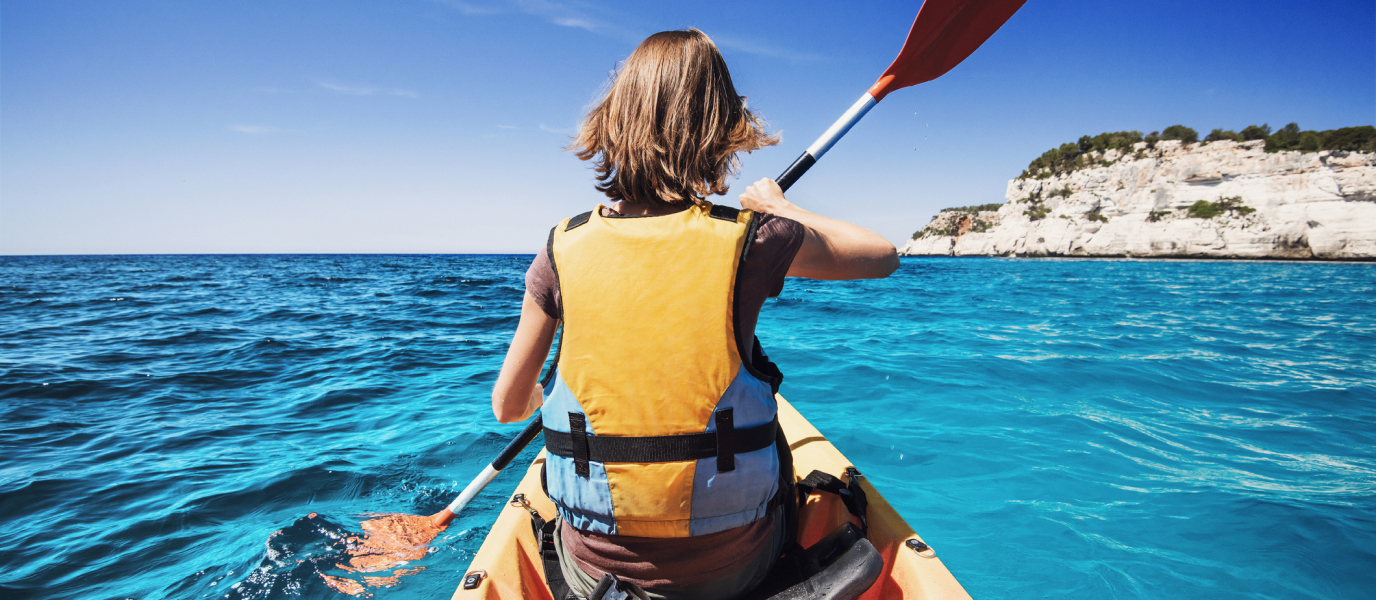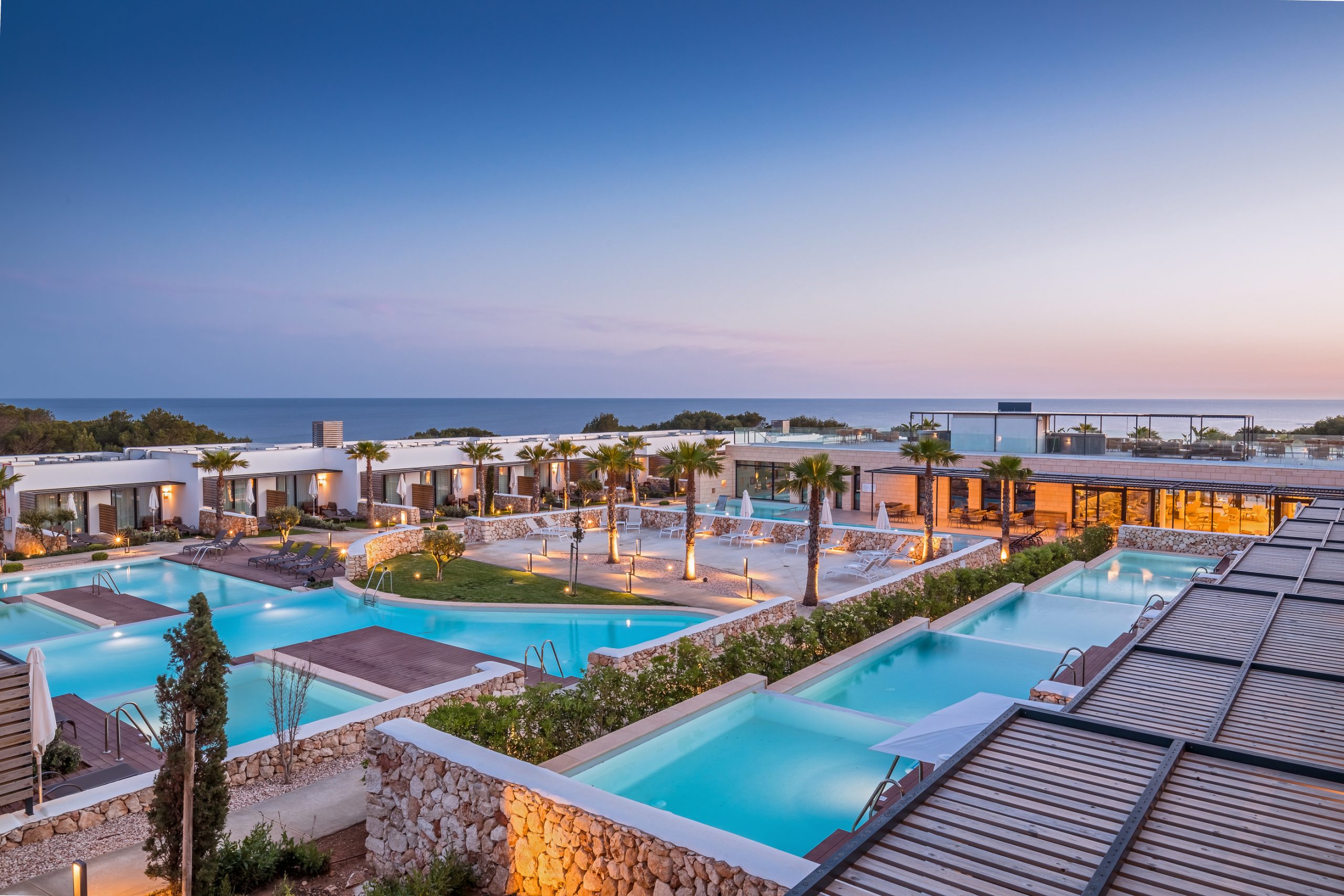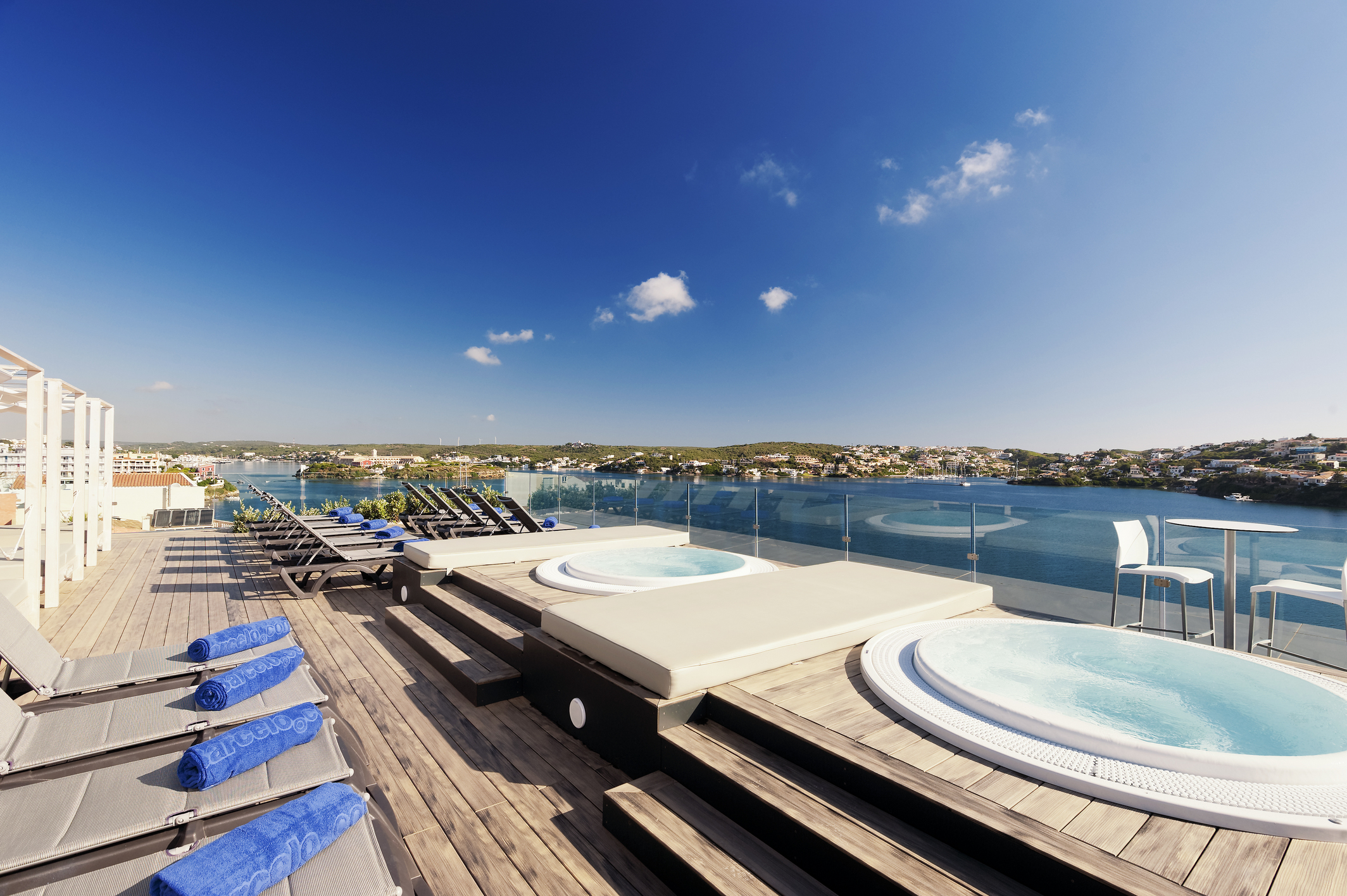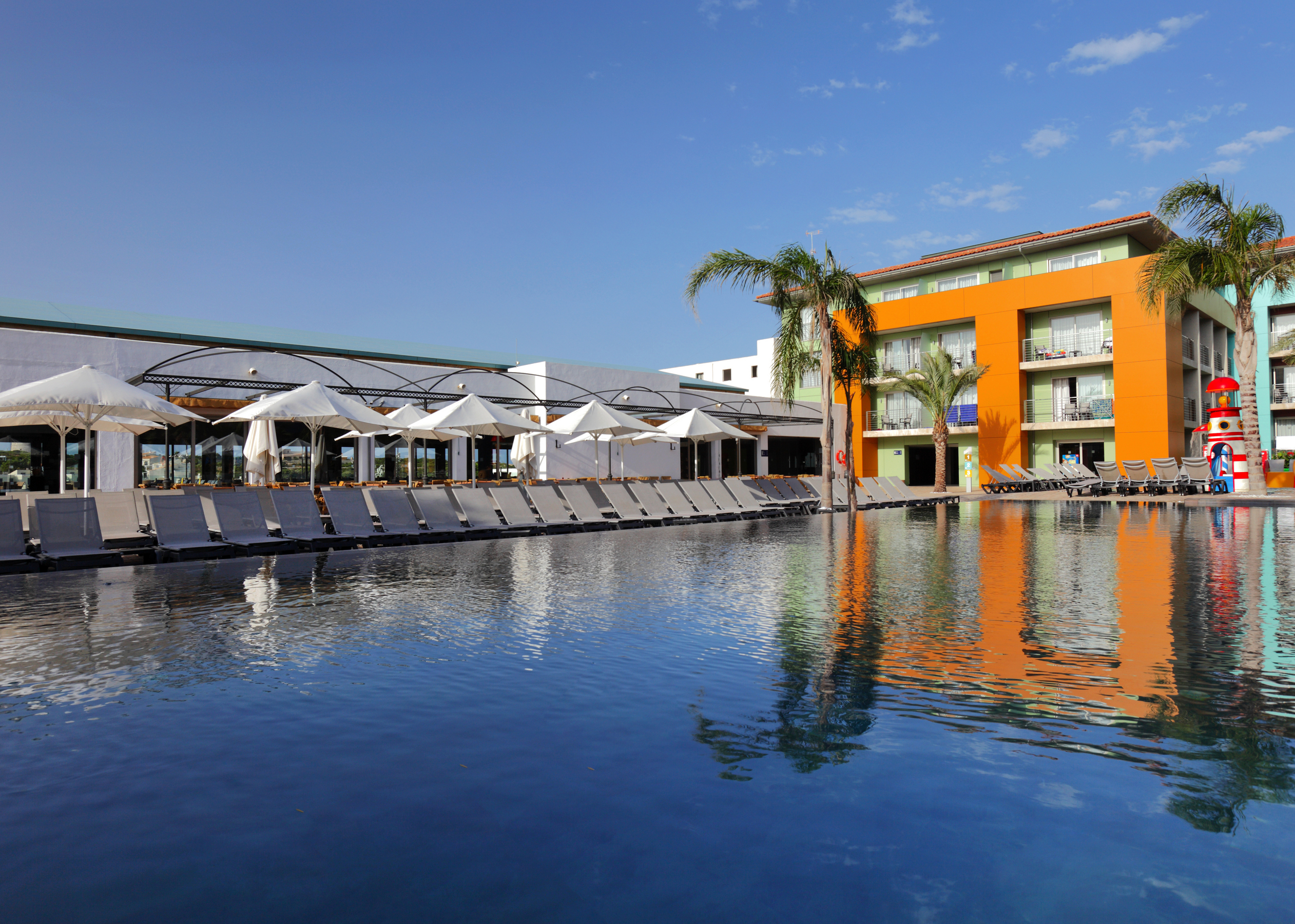The island of Minorca, this “small rock” emerging from the waters of the Mediterranean Sea, boasts a vast range of landscapes, as well as an enviable variety of flora and fauna. The rugged north coast, which is ancient in geological terms, contrasts spectacularly with the tranquil beaches of fine sand on the south coast. The passing of the seasons also creates unexpected contrasts, with a panorama of shades of ochre in summer, and shades of green during the rest of the year. If, on top of all that, you add the diverse architecture which characterises its cities, Minorca is a small-scale paradise for visitors.
That being said, there’s one thing you’ll want to know. How can you enjoy all of the island’s natural wealth when you’ve only got limited time? Taking into account that the distance between its two farthest points is less than 56 kilometres, and that its maximum altitude only reaches 358 metres above sea level, the answer is one of humanity’s greatest inventions: the bicycle.
Amongst the multitude of roads and paths that criss-cross the island, the long and historic Camí de Cavalls is the best-known route for off-road bikes or mountain bikes. But, if you’re looking for something less challenging and more family-friendly, you’ll find it in the form of the many other cycle paths that Minorca has to offer inland. Read on to find out more.
Camí de Cavalls, a paradise for mountain biking enthusiasts
It’s no wonder that the Camí de Cavalls is so famous amongst the cyclists and hikers who visit the island. Its 185 kilometres cover the entire coastal perimeter of Minorca, and anyone who travels it will be treated to an incredible tour of the island’s varied panoramas. Unspoilt wetlands and coves, cultivated fields and flat plains, pine forests and cliffs are just some of the landscapes that you’ll see whilst cycling the Camí de Cavalls. There’s a good reason why this route hosts the Vuelta Cicloturista Internacional a Menorca bicycle race every autumn, an event which is held in high regard by the cycling community.
This route also has a rich history, as it has its origins in the patrols that King Jaume II imposed in 1330 for Christian settlers with the aim of defending Minorca’s coasts from potential pirate attacks.
As it’s such a long route, it’s been divided into numerous stages, so you can just cycle sections of it if you prefer. You’ll need a mountain bike, as the route is a demanding one.
From Maó to Es Grau
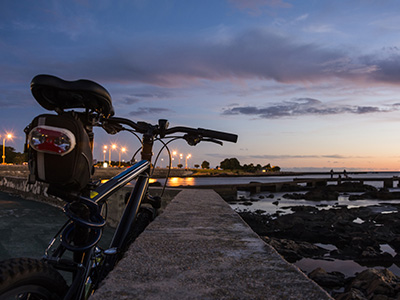
We’ve picked this stretch because most people consider it to be the first section of the Camí de Cavalls. As you might expect, it starts in the far-eastern corner of the island, at the end of the Mahón port. Don’t worry, there are so many information panels along the route that you would struggle to get lost. This first stage is 10 kilometres long, and it’ll be hard not to notice the strong influence of the tramuntana wind here. This cold, sharp northern wind, typical of the Balearic Islands, has played a role in shaping the environment. You’ll pass beaches such as Sa Mesquida, which has a defensive tower from the eighteenth century on one of its extremes, and picturesque pebble beaches such as Binillautí. You’ll also come across a disused military base, classic Minorcan farms and, finally, will arrive at the s’Albufera des Grau Natural Park, which is an interesting spot for birdwatching. It’s been considered an important nucleus of the Biosphere Reserve ever since UNESCO recognised Minorca back in 1993.
From Punta Nati to Ciutadella
Let’s jump to stage number 13 of the Camí de Cavalls, which takes you to Ciutadella, the island’s old capital. Located in the north-west, on the opposite side of the island from the previous stage, this 5.8-kilometre stretch is nice and easy. Leaving the Punta Nati lighthouse, which was built in 1912 with the aim of preventing the shipwrecks that were happening in the area, the route takes you past cliffs and old military constructions linked to the Spanish Civil War. There’s not much cultivation here but plenty of grazing. The landscape you’ll cycle through once you’ve left the cliffs is a picture-postcard scene of a Minorcan rural idyll, with huge numbers of sheep and horses dotted around. You’ll then come to a solar park (Son Salomó) and, finally, a bike lane will take you to Ciutadella, a fantastic place to spend the night and enjoy the local cuisine.
If you can’t bear the thought of planning the Camí de Cavalls yourselves, you should know that the company Camí de Cavalls 360º (Carrer Sínia des Muret, 6, Maó) organises guided rides that include as many stages as you want, with trained tour leaders. This is a fantastic way of discovering the natural, historical and cultural wealth of Minorca without getting bogged down in the boring logistics of the trip.
Other, easier inland cycle routes in Minorca
Minorca also has plenty of charming cycle routes to offer inland. Lots of them take you along side roads, connecting villages and towns, but some take you along rural paths, from which you’ll be able to catch glimpses of traditional Minorcan life.
From Es Mercadal to Alaior
The cycle route through the middle of the island connects two towns with long histories. Es Mercadal, on the slopes of Mount Toro—the island’s highest mountain—was founded by settlers from Girona after the Christian reconquest of the island in the thirteenth century. That’s where this route starts. It’s medium difficulty and covers 8 kilometres. It mainly runs along the historic Camí d’en Kane, a rural pathway created by the British who occupied the island in the eighteenth century, to allow them to cross the island from north to south. Arriving in Alaoir, you’ll find a small city with a noble history that can boast of being one of the few university cities on the island.
From Maó to Sant Lluís
The inland route that takes you from Maó to Sant Lluís is focused on culture. Specifically, you can learn about the Talayotic Period, from which many archaeological sites remained in Minorca. This route, which is short and not very difficult in technical terms, mainly runs along a bike lane parallel to the Me-8 road. That’s why it’s one of the best options if you’ve got children with you.
As you cycle along the bike lane, you’ll find panels that will give you information about the nearby talayots, i.e. megalithic structures from the prehistoric period. The Talaiot de Biniarroca, perhaps the least impressive of all the ones you’ll spot along the way, contrasts with the grandeur of the Talaiot de Trepucó, which covers 5 hectares, and the Talaiot de Trebaluger, which covers 4.8 hectares. When you reach Sant Lluís, you can park the bikes and enjoy the Molí de Dalt, an old mill with more than two centuries of history that’s been turned into an ethnological museum about the region.
Where to rent bikes in Minorca
As Minorca is such a popular cycling destination, it’s pretty easy to find bicycle rental shops in any of the island’s towns and tourist areas. The price is usually about 10-12 euros per day and, what’s more, they’ll generally give you advice on which routes to take.
Both in Mahón and in Ciutadella, for example, you’ll find BikeMenorca (+34 971 48 78 27), a store that, as well as renting bicycles, also transports them from one point to the next, to make it easier to do the Camí de Cavalls.
In Fornells, there’s KayakMenorca (+ 34 609 67 09 96), which, despite what the name might suggest, also rents out bikes. In Puerto Addaya, opt for Katayak (+34 626 486 426), which has all the equipment you could need for a cycling excursion.






































































